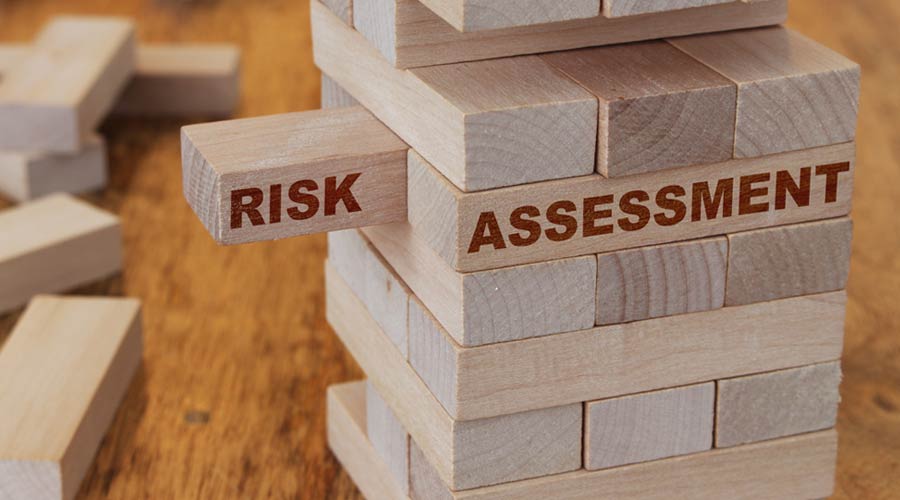
Contributed by TAL Global
Now that many facilities around the country are reopening, building owners and managers are considering having risk assessments performed.
During the pandemic, a risk assessment often focused on protecting building user health. But now, with crime increasing in many parts of the U.S., facilities are having risk assessments conducted for their original purpose:
"A risk assessment is an in-depth security evaluation," says Jonathan Tal, CEO of TAL Global, which has been conducting risk assessments for schools, corporate campuses, medical facilities, and sports venues — including the site of the 2022 Super Bowl — for more than 20 years.
"However, risk assessments have many benefits - benefits that are needed more now than in years past."
According to Tal, among those benefits of a risk assessment are the following:
1. Identify and list an organization's security weaknesses and vulnerabilities.
2. Bring "fresh eyes" into the facility. Often, building users and managers overlook or are not aware of pronounced weaknesses in their facilities.
3. Identify what facility security systems are in place now.
4. Make smart security purchasing decisions based on risk assessment. No two facilities are the same. The security systems installed in one facility may not be applicable to another.
5. Validate for facility managers why specific security measures are needed.
6. Justify the spending for new security measures. Frequently the financial risks of not having a risk assessment conducted outweigh the costs.
7. Provide security training programs designed for building users, instructing them what to do – and not do – should an emergency or threat occur.
8. Develop a communication and decision-making system to use should a threat occur. In an emergency, every second counts. The risk assessment instructs building owners and managers what to do and what steps to take should an emergency occur.
"Finally, a properly conducted risk assessment can even boost worker productivity," adds Tal. "When people feel safe in their surroundings, they feel valued and appreciated. This often translates into enhanced worker productivity."

 The Down and Dirty on Cleaning in Virus Season
The Down and Dirty on Cleaning in Virus Season How Surfactant Use is Expanding in Commercial Cleaning
How Surfactant Use is Expanding in Commercial Cleaning Maximize Your Margins: Learn How to Automate Pricing and Track Rebates
Maximize Your Margins: Learn How to Automate Pricing and Track Rebates